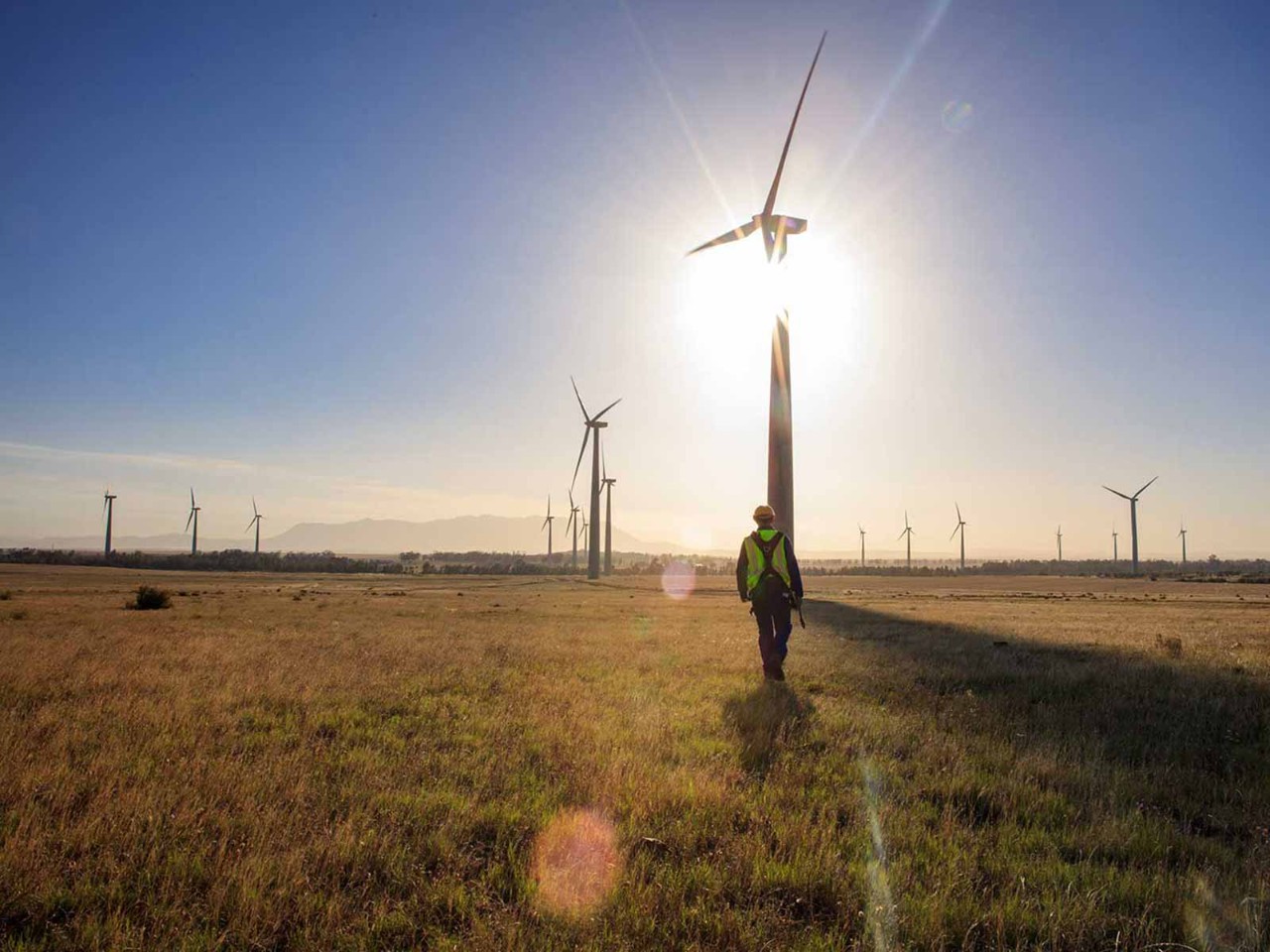
For a region so exposed to the vagaries of a turbulent world, the past few months have posed challenges for South-East Asian economies. Yet despite the worries, International Monetary Fund and World Bank forecasters still see the region performing better next year. Most of South-East Asia is likely to overcome the likely headwinds to achieve faster economic expansion in 2024 than 2023.
The potential downside risks are indeed real. They include unknowns over the conflict in the Middle East, particularly whether oil prices will surge to high levels. So far the initial spike in oil prices, witnessed at the onset of the conflict, has been reversed.
A second concern is how China is faring in its economic recovery. Currently, there are financial stresses in the property sector, private businesses are holding back on investment, consumers are saving rather than spending, and a weaker Chinese yuan is exerting downward pressure on regional currencies. There are, however, assurances from policymakers on measures to deliver economic stability.

With the US reaching the end of its monetary tightening cycle, currency pressures will ease soon
Finally, the sharpest monetary tightening for four decades has not only raised borrowing costs for the region but has also strengthened the US dollar, which puts pressure on regional currencies. Indonesia’s central bank, for example, has had to raise interest rates even though that is the last thing the domestic economy needs. There has also been volatility in bond and equity markets, which is hurting fundraising by domestic companies.
However – and the reasons for a better 2024 start here – with the US Federal Reserve appearing to be reaching the end of its monetary tightening cycle, these monetary pressures will ease soon.
A brighter 2024
There are also emerging signs of improvement in the drivers of Asian growth.
First, tourism continues to recover, as airline capacity ramps back up to pre-pandemic levels. Chinese tourists are gradually regaining their fondness for overseas travel. Helped by the relaxation of visa requirements, Thailand has seen 22 million tourist arrivals in January–October this year, with plenty of scope for further improvement given the country used to get around 40 million tourists a year before pandemic restrictions on travel.
Second, there are signs that the electronics cycle is reaching a bottom and will turn up next year, with recent export recoveries in electronics bellwethers such as South Korea and Taiwan. Major semiconductor producers have suggested that the inventory correction in the sector is coming to an end. Demand for AI applications is said to be driving up demand for high-end chips and demand for personal computers is also growing. Electronics components producers in Malaysia and Singapore, and to a smaller extent in Thailand and the Philippines, should benefit.
Governments are showing a renewed resolve to step up infrastructure spending
Third, foreign investment flows to the region continue to look promising, underpinned by accelerating supply chain reconfiguration. South-East Asia is seen as a promising alternative to China in many areas of manufacturing.
Fourth, governments are showing a renewed resolve to step up infrastructure spending. The Chinese authorities, for example, are seeking to boost demand by accelerating spending on new infrastructure. That should help raise commodity prices and benefit the region’s exporters of coal, nickel and other base metals.
While the global environment will remain choppy for some time, overall China’s economy will stabilise and the downsides for South-East Asia can be contained, with the region’s economies faring moderately better next year.



